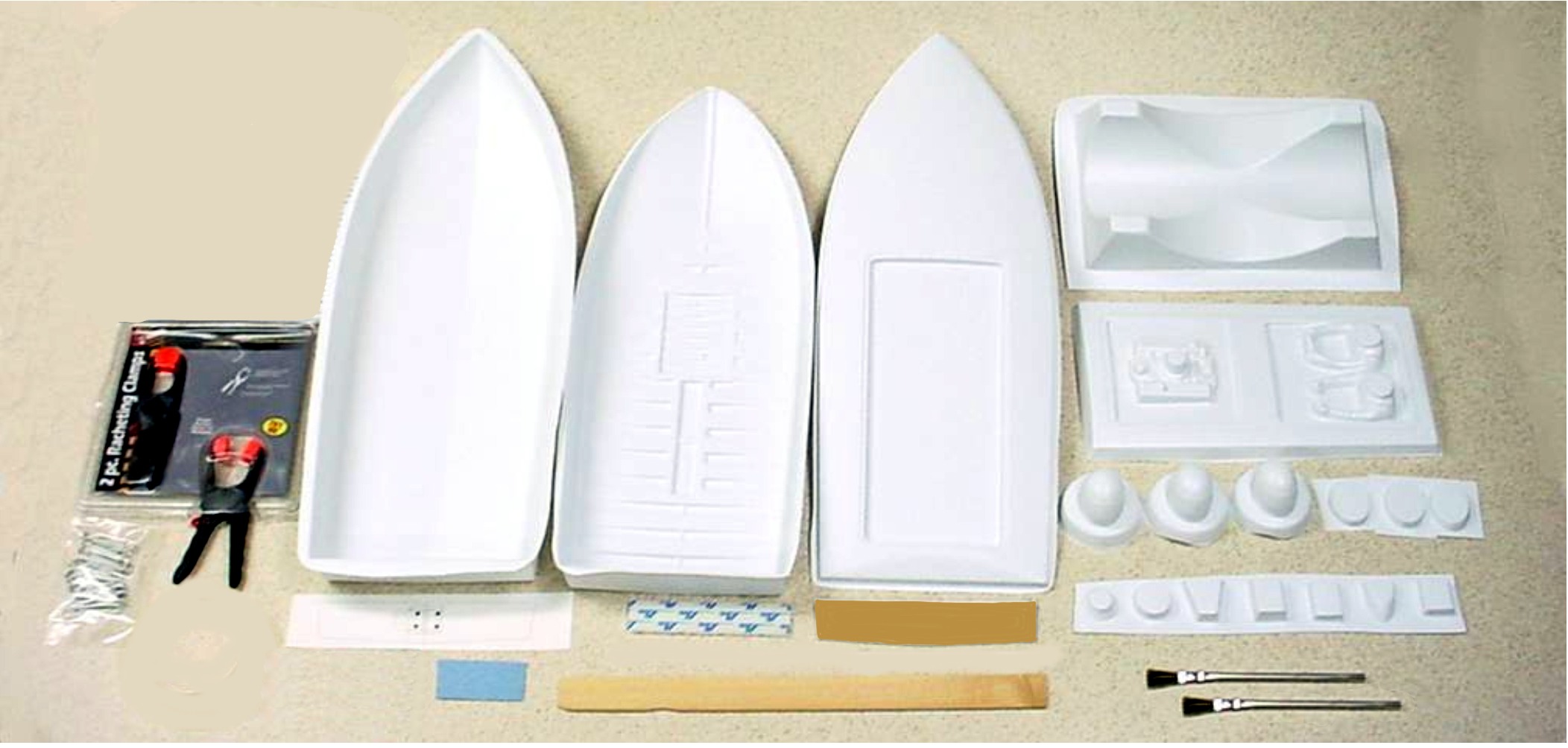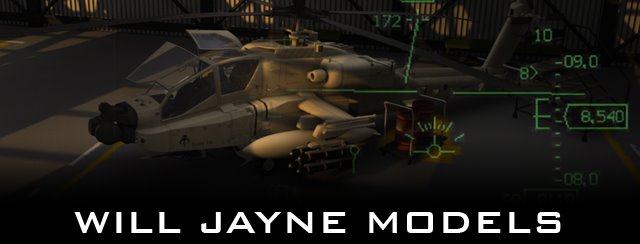Thursday 23 April 2009
Wednesday 28 January 2009
Plateosaurus Interpretations
Because of these shifts of attitudes in the Paleontological field, the interpretations of what the dinosaurs may have looked like and the way they might have behaved have changed drastically. Today's interpretations show warm blooded creatures, with varying types of musculature which has been brought about by better understanding of the realtionship between bones and muscles. The swan-necked image of sauropods has all but dissapeared, study of the veritbrae in sauropod necks has revealed that such movements would have been all but impossible for them. This discovery in turn lead to the reversal in the idea of their feeding habits, many were low browsers and not tree feeders. This pointed to evidence of herding behaviour. In this way, a small discovery leads to many others which ultimately infuences the way we imagine the animals would have lived.
The species I am focussing on is Plateosaurus. These creatures appeared around 210 million years ago in the Triassic era. Dinosaurs were relatively new to the planet, and the dinosaur ecosystem was not as diverse as it later became. Plateosaurs belongs to the group known a Prosauropods, they were the ancestors of giants like Bracheosaurus and Diplodocus - the most well known sauropods. These early dinosaurs were herbivours, and judging by their bone structure it is generally accepted that this particular species fed on both low vegetation such as horsetail ferns and shrubs as well as higher food sourses such as tree ferns and smaller trees. This diversity of diet of probably was probably an important factor in the success of the species.
The Triassic era was a hard one for life on Earth. There were old two seasons, dry and wet, and all the continents were still joined as the supercontinent Pangea. At this time the Archosaurs were slowly dying out, being replaced in the ecosystem by the emeging Dinosauria.
At this time, South Wales would have been a huge river plain shrouded by mountain ranges. During the lush wet season the greenery and animal life would have flourished, no flowering plants would evolved for tens of millions of years, so this world would have been a largely green one. The landscape would have been dusty scrubland, flat and wide. The river system would have been an artery of green, with forests of coniferous trees and ferns and other plants. This is the world in which Plateosaurus existed, and in the animation I want to show how a footprint made by a single animal at the end of the wet season survived for hundreds of millions of years as a fossil for us to discover.
Visual references:
From the current view of the animal species, I have chosen work done by other people that I feel appropriately represents a realistic view of the species. I am not a paleonologist, therefore I have to use the work of other more qualified individuals as a foundation for my own. Here are images which I feel have captured the creature well:

Tuesday 20 January 2009
Kosmonaut Yuri Gagarin

It had very distinguishable looks due to two extremely large and two smaller antenna dishes placed on top of the hull.
In Soviet times, the Kosmonaut Yuri Gagarin was the world's largest communications ship and was the flagship of a fleet of communications ships. These ships greatly extended the tracking range when the orbits of cosmonauts and unmanned missions were not over the USSR.
In 1975, the ship was a part of the Soviet-American Apollo-Soyuz joint test program.
The communications ships belonged to the Soviet Academy of Sciences. The maritime part fell under the responsibility of the Baltic- and Black sea shipping. The ships had home ports in the Ukraine (the Kosmonaut Yuri Gagarin and the Akademik Sergei Korolev) so, after the fall of the Soviet Union the ships were transferred to Ukraine – ending their role in spaceflight.
She was sold for scrap shortly after the break-up of the Soviet Union along with another surveillance ship, the Akademik Sergei Korolev.
The History of 1250 scale
http://www.steelnavy.com/1250hist.htm
To summarise what is said on those pages, the hobby as it is today began out of necessity. The first 1200 scale model ships were made by companies who won government contracts to supply the navy with recognition models. This was the basis for the hobby, and several firms did well producing them until the early 1950s. There was a lull in the market between when the scale was used for the military and when it became a hobby. With the revival of the german economy in the 50's, hobbies became an affordable luxury once more and due to the metric system models began to be made in 1250 scale for collectors. The hobby really took off in the 1960's and many of the firms that started then are still successful today, such as Navis Neptun, Hai and Albatros among others. The hobby has grown slowly since then, and is in a state of transition today where the old ways of production and style are being challenged by newer methods and technologies. Together, the two schools of thought could bring wonderful models to the market, however this is unlikely to happen as in every industry there are those who stubbornly cling to the old ways, and mistrust the new. This is natural however, and the hobby will continue to develop.
Major problems facing the hobby are the greying of both collectors and producers, the hobby is quite litterally dying. New blood is scarce as younger people simply aren't interested or don't know. How well producers and retailer adapt to these problems will be the challenge that will decide who goes and who stays on.
Many exellent photos of 1250 scale ship models bith old and new can be seen here:
http://gs61.photobucket.com/groups/h70/7EGAO7QTCZ/?albumview=grid
Mould and cast research
Preparing the RP master:
The machine that I had the ships printed on was the Envisiontech Perfactory; an SLA type 3D printer.
On preparing the masters for moulding I discovered some key issues and pitfalls:
- The parts always have small spikes left by the printer as supporting material. These must be very carefully separated from the component, parts can easily break at this stage. The best approach is to gently run a sharp scalpel blade along the join of the spikes to the part, this will gradually remove them without harming the component.
- Fine parts should not be printed so that they cannot support themselves. For example, the 5 inch gun barrels came out .3mm in diameter. Because they were printed horizontally they had supporting spikes which were extremely difficult to remove. Of the eight that were printed, I only managed to sucessfully prepare three. Next time I would print a similar component vertically to avoid the supporting spikes.
- Some parts may have areas which are not fully hardened, and may break easily. Be prepared to replace them. However if the master is designed to be strong and structurally sound then this happens less.
- The resin used is actually quite strong, and will stand up to significant punishment during the moulding process. This means that quite large undercuts van be present in the mould, as long as the object that has been undercut is quite tough. For example, the upper decks of the destroyers extended out from the main structures, because they were designed to be .4mm thick they were strong enough to be undercut in the mould. If the master comes out, so will the resin.
I decided on two types of mould for the kit, an open topped one part mould for the one piece hull and superstucture, and a two part mould for the fittings sprue. Open topped moulds are generally the simplest type, and will do fine for most applications. The imporatant aspects to get right are a watertight join between the mould floor and the master, and a smooth mould floor with no scratches that is a flat as possible.
Two part moulds are more tricky. The masters must be half covered by chavant clay or plastaline. Then the first have is poured, the masters are removed and cleaned, inserted into the new half and waxed then the seconf half is poured. It's much trickier than it sounds. However, I discovered some very handy tricks while making them. Lego bricks are a brilliant mould making gadget, they save material, flat sqaure wall can be built in seconds and they act as locators for the two mould halves.
I first glued all the masters onto a styrene block that would act as the reservoir, then I fixed them to the mould wall and poured molten cavant clay up to the level where i wanted the mould to part. Chavant cap is not really suited to this type if punishment as it turned out, the wax crystalises as the clay cools and also because it is so tough it is tricky to get the masters out in one piece and clean them. Next time I will use softer plastaline. Once the half-mould is built you can make as many halves in silicone as you like. For this model I made five, then removed the masters and after cleaning I inserted them back into the moulds I had just made and poured five second halves. This resulted in five very neat and precise moulds that ended up producing extremely good casts with barely any flash.
Making five hull moulds was relatively easy, as I just took five good casts from the first mould and moulded them. Due to the good quality of the moulds I was able to cast eighty kits in three days!! I am very pleased with the tricks I learned and the success of the moulds, I believe I will be able to get straight on with it when the new masters arrive. This is important because time will be short by that stage.
Tuesday 6 January 2009
A Question of Scale
Aircraft:
1:144
1:72
1:48
1:35
1:32
1:24
Vehicles:
1:72
1:48
1:35
1:6
Ships:
1:2400
1:1250
1:1200
1:1000
1:700
1:350
1:200
1:96
1:72
These are are not set in stone, but as a rough guide these are the scales to choose from as they appear most often in industry. For this project, given the size of the vessel and the cost of rapid prototyping I have chosen 1:1250 scale. This is a popular scale that will be affordable for me to design the model in.
This particular scale presents a number of issues, chiefly concerned with representation. At this scale detail is more represented and suggested than accurately reproduced. Many parts must be overscaled to allow casting. For example, 5 inch gun barrels are often three to four times their scale diameter in this scale, otherwise they would simply be too fine to cast. Therefore, choice of representation and a measure of artistic liscense is essential when working in this scale to achieve an effective design. I will have to make these decisions as I go along, and desicribe them and theirimportance here.
The Model Kit Industry





